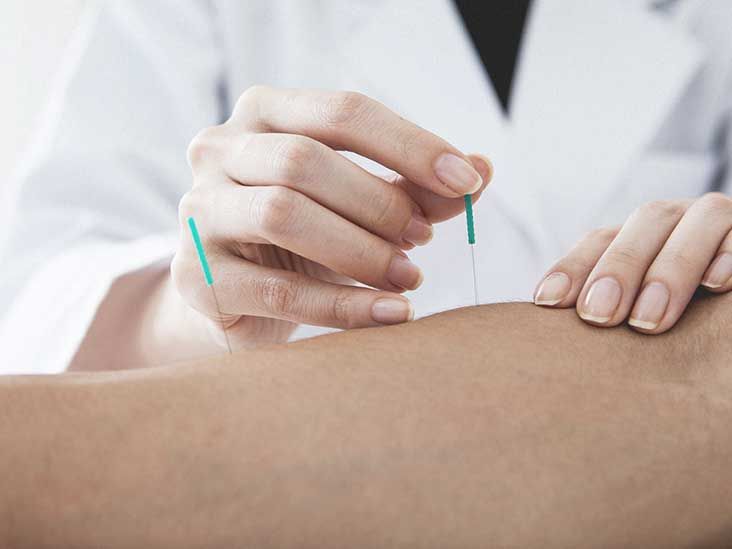October 2015
Jinho Lee, Joon-Shik Shin, Yoon Jae Lee, Me-Riong Kim, Yong-Jun Ahn, Ki Byung Park, Michael A Kropf, Byung-Cheul Shin, Myeong Soo Lee, In-Hyuk Ha
Abstract
Background: Lumbar disc herniation is a major cause of sciatica and low back pain and imposes a heavy burden on both individual and society. While use of pharmacopuncture, a combined form of acupuncture and herbal medicine, for lumbar disc herniation is widespread in Korea and China, there is a paucity of research.
Methods/design: This study is the protocol for a three-armed, randomized, patient, physician, and assessor-blinded controlled pilot study. Sixty patients with severe non-acute sciatic pain diagnosed with lumbar disc herniation (NRS ≥ 5, onset between 4 weeks and 6 months) will be recruited and randomized 20 each to the Shinbaro pharmacopuncture (pharmacopuncture with acupuncture), acupuncture, and usual care groups, respectively.
The 2 acupuncture groups will receive 2 sessions/week of acupuncture alone or with pharmacopuncture for 4 weeks (total 8 sessions), and the usual care group will receive conventional medication 2-3 times/day and physical therapy 2 sessions/week over 4 weeks (total 8 sessions). The initial acupuncture physician will administer acupuncture at 5 acupoints (GB30, BL40, BL25, BL23, GB34) in the 2 acupuncture groups, and mark an additional acupoint.
A second acupuncture physician will administer pharmacopuncture to the marked acupoint in the pharmacopuncture group, and acupuncture in the acupuncture group during acupuncture needle retention. The second physician will administer acupuncture and pharmacopuncture in a similar manner in terms of advice and manual stimulation to maintain patient-blinding, treat the patient out of view of the initial physician, remove the additional acupuncture needle immediately, and cover the area with adhesive bandage to maintain physician-blinding.
The primary endpoint will be at 5 weeks post-randomization, and the primary outcome will be Visual Analog Scale (VAS) of sciatic pain. Secondary outcomes will be VAS of low back pain, Numeric Rating Scale (NRS) of low back pain and sciatic pain, ODI, SF-36, EQ-5D, and PGIC. Post-treatment evaluations will take place 5, 7, 9, and 12 weeks after randomization.
Discussion: This trial will evaluate the comparative clinical effectiveness of pharmacopuncture for severe non-acute sciatic pain patients diagnosed with lumbar disc herniation with usual care of conventional medicine and that of Korean medicine (acupuncture), monitor its safety, and serve as basis for a large-scale, multicenter trial.










